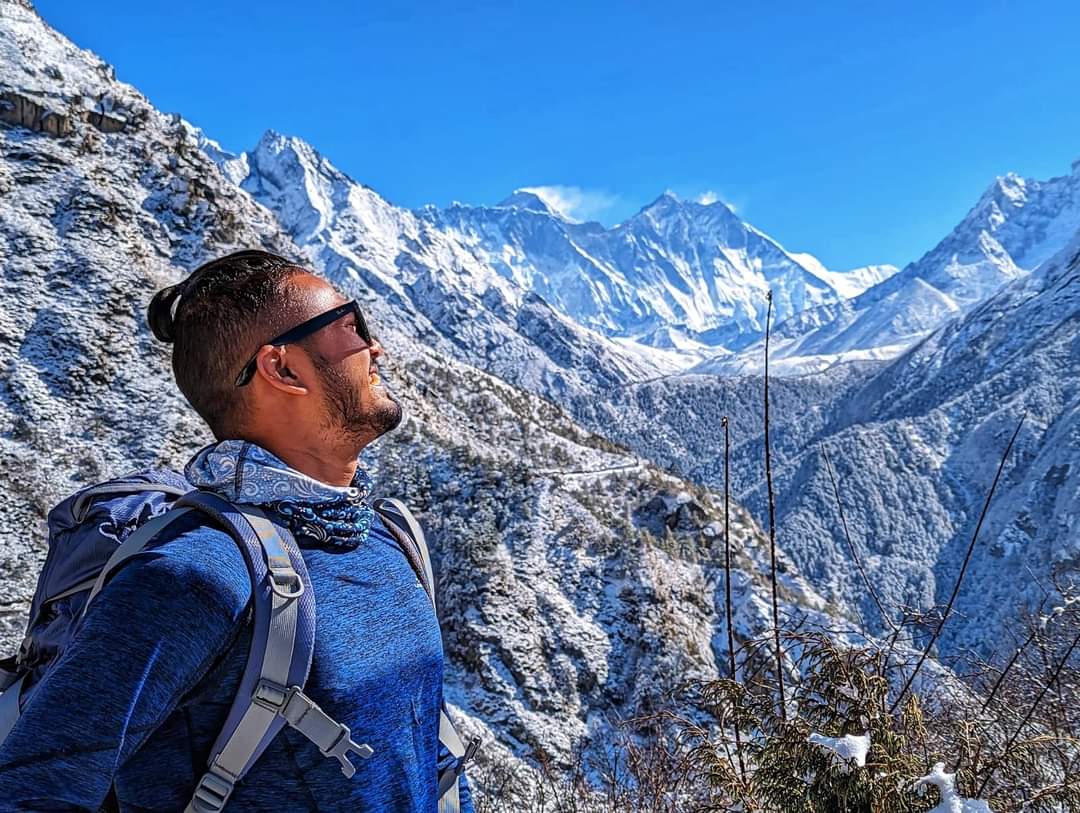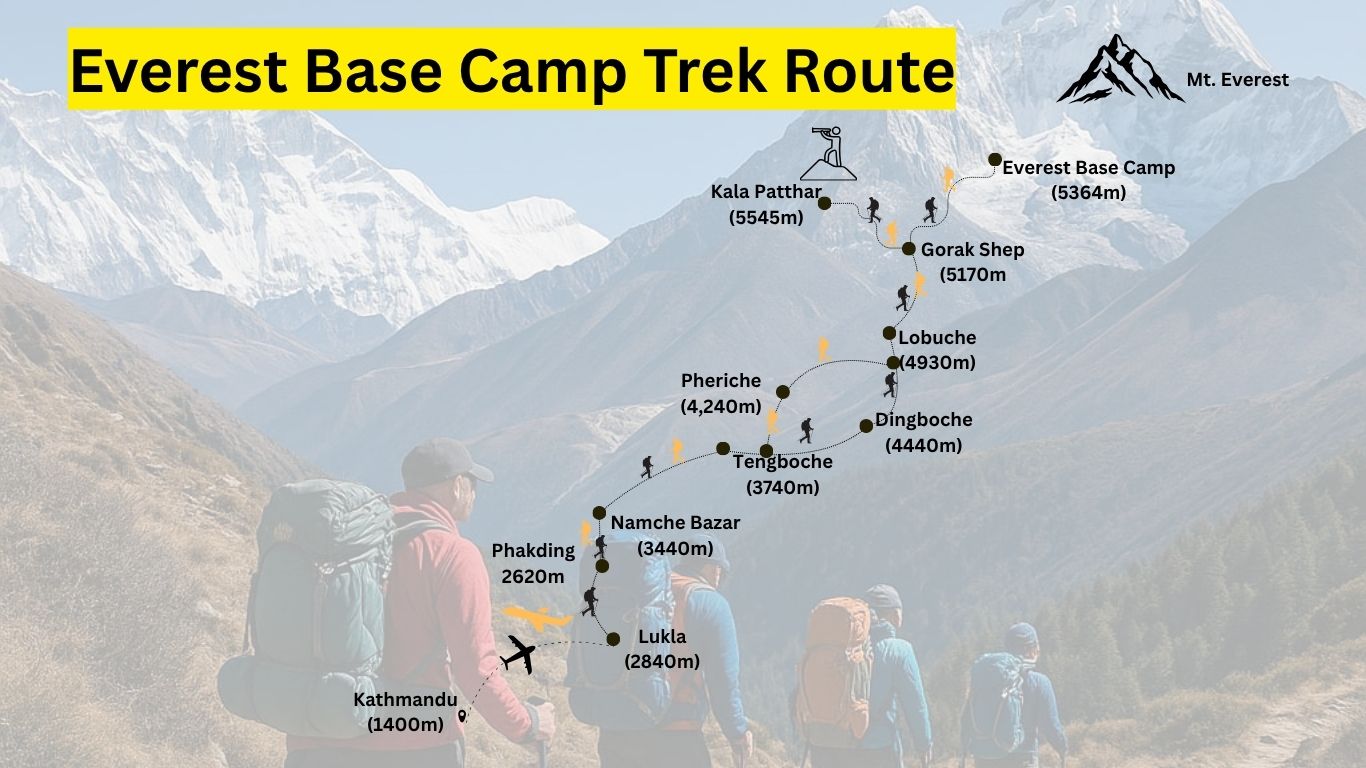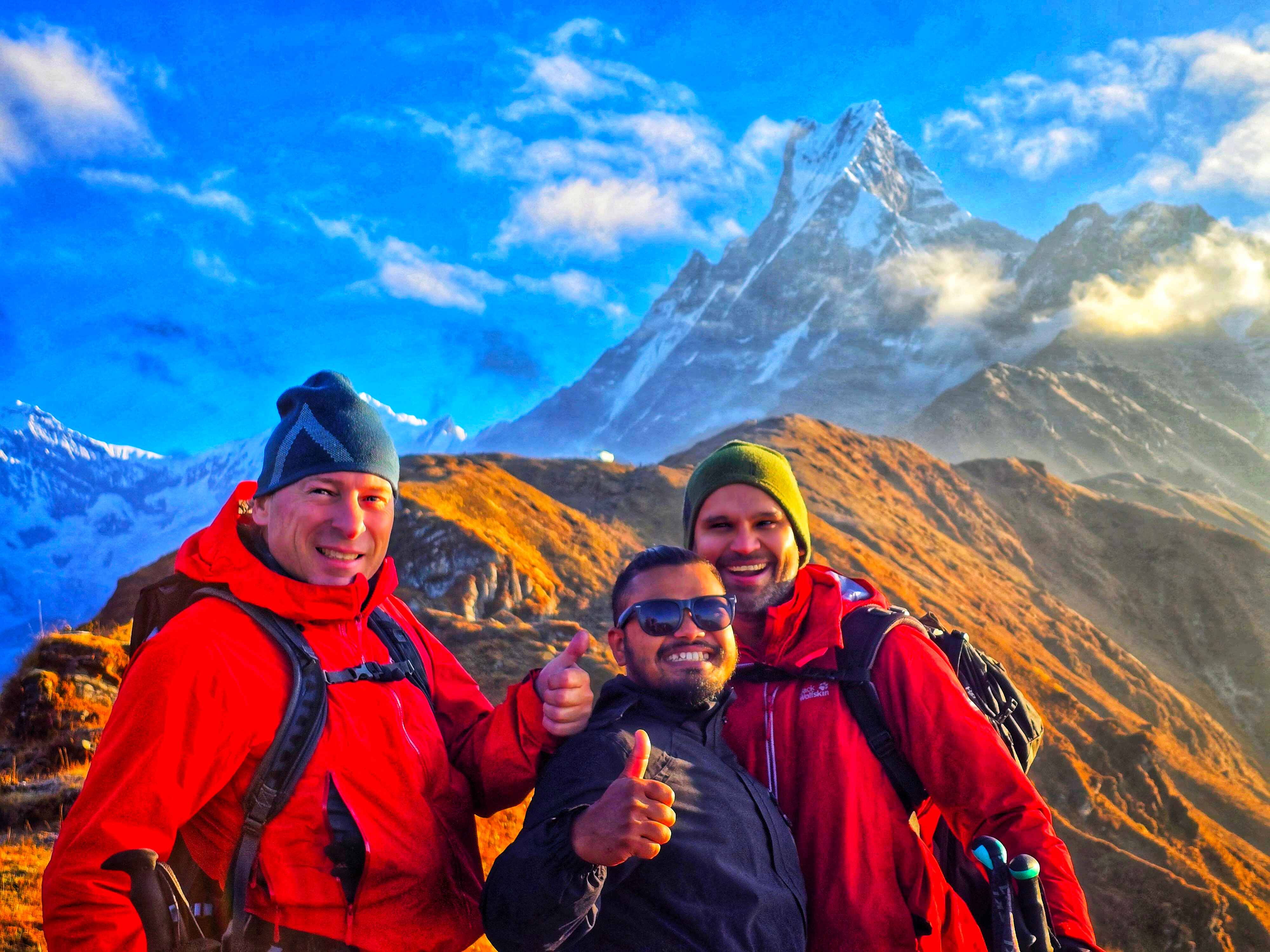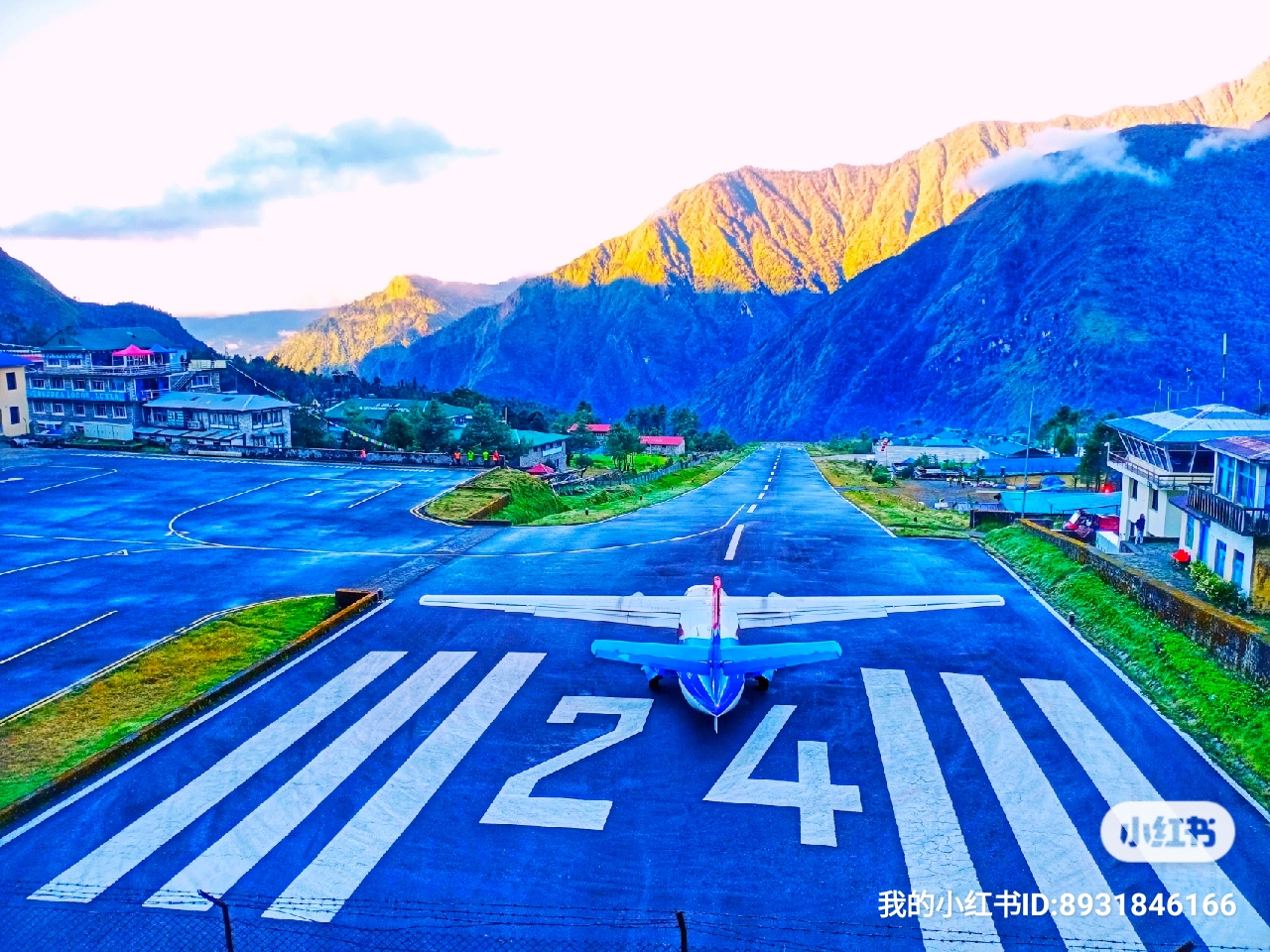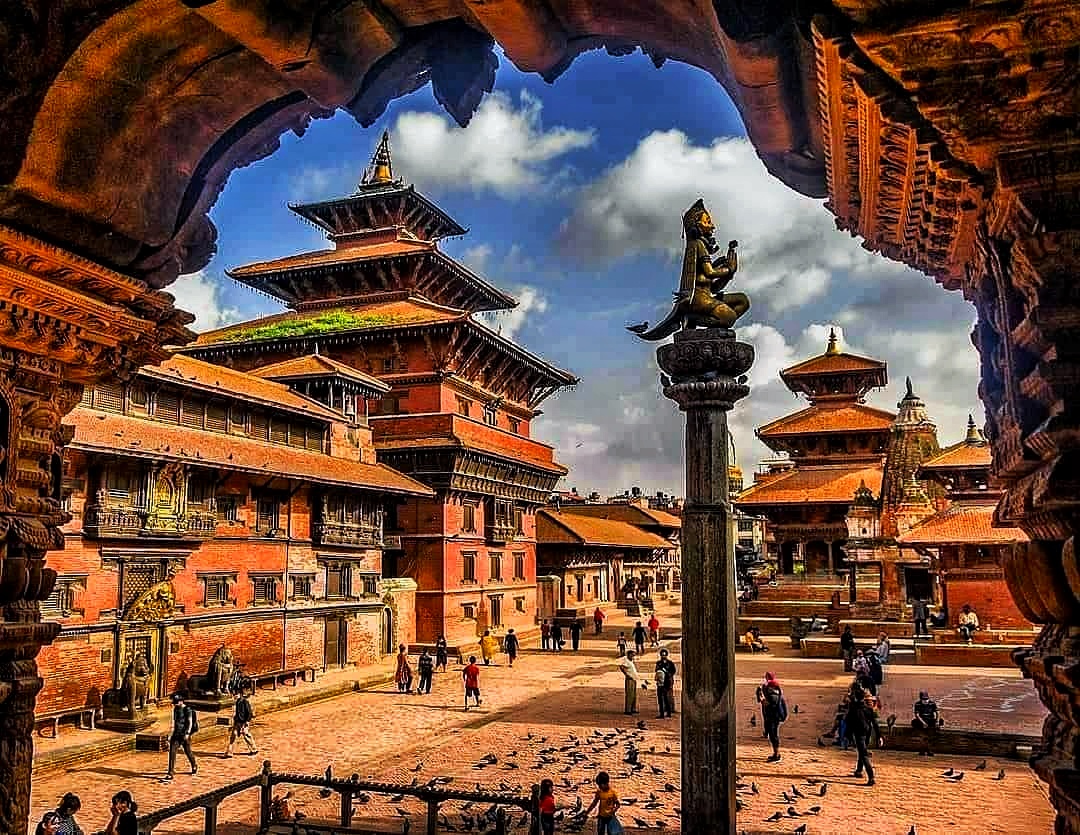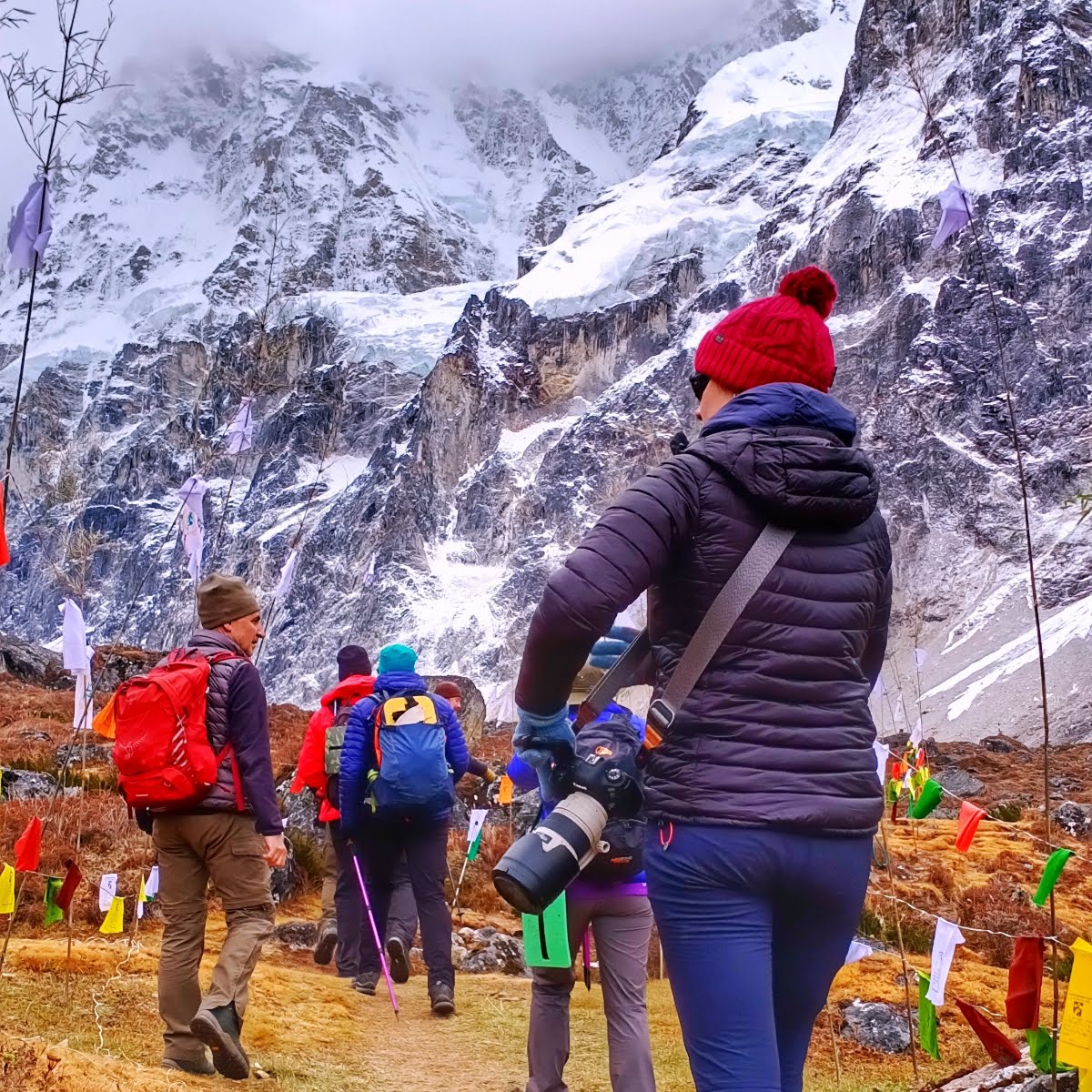Bhutan Cultural Tour: Explore Festivals, Monasteries & Traditional Heritage
18/08/2025
The moment you land in Bhutan, life feels slower, simpler, and somehow richer. Unlike most destinations where culture sits behind glass displays, Bhutan’s traditions live in the streets, monasteries, and even in everyday meals.
Beyond its breathtaking landscapes, Bhutan stands out as one of the world’s most culturally rich destinations. A Bhutan cultural tour offers more than sightseeing. It’s about stepping into a living museum of traditions, spirituality, and common values that have remained strong for centuries.
What Makes a Bhutan
Cultural Tour Special?
While many
destinations have rapidly modernized, Bhutan has taken a different path. Bhutan
has intentionally preserved its culture. Instead of chasing GDP only, Bhutan
follows the philosophy of Gross National Happiness (GNH), which balances progress
with cultural and spiritual well-being.
On a Bhutan
cultural tour, you don’t just see attractions. You immerse yourself in local
life. You see monks chanting inside ancient temples, people wearing traditional
clothes, and families celebrating age-old festivals by singing and dancing. Every
aspect of life in Bhutan connects back to Buddhism and respect for nature.
Festivals of Bhutan –
Where Culture Comes Alive
To experience Bhutan at its liveliest, visit during a Tsechu Festival. Hosted in monasteries and dzongs (fortresses), these festivals burst with color, dance, and spiritual energy, giving you a true taste of Bhutanese culture at its best.
1. Paro Tsechu is one of the most famous festivals in Bhutan. It is celebrated for 5 days and typically falls in the spring months of March or April. Locals and visitors gather to watch the masked dance (Cham dance) that tells Buddhist stories. This is regarded as the holiest festival among the Tsechu festivals. The energy, colors, and music create a spiritual yet festive atmosphere.
2. Thimphu Tsechu is another 3-day major religious festival held in Thimphu, Bhutan. It is a major cultural and social event featuring masked dances, religious ceremonies, and traditional music. This festival takes place in the courtyard of Tashichho Dzong, the fortress-monastery. It attracts thousands of people from across the country, all dressed in their traditional clothes.
These festivals
are more than performances. They are deeply religious events meant to bring
blessings, protect against evil, and strengthen the community. They offer an
unmatched window into Bhutanese life for travelers.
Monasteries and
Spiritual Landmarks
A cultural tour of Bhutan is incomplete without exploring its monasteries, which are both spiritual centers and architectural gems.
1. Tiger’s Nest Monastery (Paro Taktsang): Located on the cliff of the upper Paro valley, this monastery is Bhutan’s most iconic site. Hiking up to Tiger’s Nest is an adventure in itself. You will feel deep spiritual energy here that makes it so special.
2. Punakha Dzong: This is also known as the Palace of Great Happiness. A stunning fortress-monastery situated at the confluence of the Pho Chhu and Mo Chhu rivers in Punakha, Bhutan. It is one of the oldest and second-largest dzongs in Bhutan. It has played an important role in Bhutan’s history and is still a center for religious and cultural ceremonies.
3. Trongsa Dzong: This sprawling monastery-fortress is the largest dzong fortress, located in Trongsa in Trongsa district in Bhutan. It offers incredible views and insights into Bhutan’s medieval past. It is an administrative building that serves as the headquarters of the government of Trongsa.
Each
monastery reflects Bhutan’s devotion to Buddhism, where the quiet chants of
monks and the swirl of colorful prayer flags create a serene atmosphere.
Visiting them feels like stepping into a living tapestry of faith woven into
every corner of daily life.
Bhutan Traditional
Clothes: A National Identity
One of the most striking aspects of Bhutanese culture is its dress. Unlike many countries, Bhutan requires its citizens to wear traditional clothes in public institutions, schools, and during festivals.
1. For men, the Gho is a knee-length robe tied with a belt called a kera.
2. For women, the Kira is a long, ankle-length dress paired with a jacket called a toego.
These
clothes aren’t just clothes; they're symbols of national pride. You’ll notice that
people wear them with elegance, especially during festivals and official
gatherings. You can even try them on, offering a hands-on cultural experience.
Bhutan Language &
Cultural Heritage
The
official Bhutan language is Dzongkha, which literally means “the
language of the fortress.” While English is widely used in schools and government
offices, Dzongkha remains central to Bhutan’s identity.
Language
plays an important role in preserving Bhutanese traditions. It connects generations
and keeps history alive through proverbs, songs, and Buddhist texts. Travellers
may not master it in a short period, but learning a few greeting words like “Kuzuzangpo
La”, which means “hello”. This can go a long way in building warm connections.
Bhutan Cuisine – A
Journey of Flavors
Food is another way to experience Bhutanese culture. Unlike the mild flavors in many Asian cuisines, Bhutanese cuisine is famous for its spiciness. Chilies aren’t just an optional ingredient; they’re a main dish.
1. Ema Datshi (chili and cheese stew) is Bhutan’s national dish and a must-try.
2. Phaksha Paa (pork with red chilies) and Jasha Maroo (spicy chicken stew) offer hearty flavors.
3. Vegetarian dishes are also common, often made with fresh vegetables and buckwheat from the highlands.
Meals in
Bhutan are more than nourishment; they’re communal experiences. Sitting
cross-legged, sharing food, and enjoying local butter tea make dining a
cultural moment in itself.
Exploring Thimphu: The
Capital of Bhutan
Your Bhutan
cultural tour is incomplete without visiting Thimphu, the capital city of Bhutan.
Thimphu blends tradition with modernization. It’s the largest city in the country,
located in the western interior of Bhutan. There are no traffic lights here. Instead
of traffic lights, traffic police direct cars with hand signals. It’s the city
of numerous Buddhist sites.
Top cultural highlights in Thimphu include:
1. Memorial Chorten: A stupa dedicated to Bhutan’s third king. Locals gather here daily for prayer and reflection.
2. Buddha Dordenma Statue: One of the largest Buddha statues in the world, overlooking the city.
3. Local markets: Where you can shop for handicrafts, textiles, and even try Bhutan cuisine.
Thimphu
gives you a closer look at how Bhutan balances cultural preservation with
gradual modernization.
Why Choose a Bhutan
Cultural Tour?
Many travelers
visit countries for landscapes and adventure. Bhutan offers those, too, but
what sets it apart is its culture. You are not just a separator here, you’re a
participant. You join locals in prayer, share meals, and witness traditions
that have been passed down for centuries.
A Bhutan cultural tour ensures you experience:
1. Authenticity – Culture untouched by mass tourism.
2. Spiritual depth – A chance to reflect and reconnect.
3. Community values – Traditions that emphasize harmony and respect.
If
you’re seeking more than just a vacation, Bhutan is the perfect destination for
you.
Practical Tips for
Planning Your Bhutan Cultural Tour
To make the most of your journey, here are some practical travel tips:
1. Best time to visit: Spring (March–May) and autumn (September–November) are ideal, especially for festivals.
2. Visa and permits: All foreign visitors need a visa, which can be arranged through licensed Bhutanese tour operators. Certain regions may also require special permits.
3. Daily tariff: Bhutan has a unique travel system where visitors pay a daily package rate, which covers accommodation, meals, and a licensed guide. This system helps maintain sustainable tourism.
4. Respect traditions: When visiting monasteries, dress modestly, remove your shoes, and avoid pointing at religious objects.
Planning ahead not only makes your trip smoother but also helps you show respect for Bhutan’s rich culture and traditions.
Conclusion
Bhutan is
not just a trip destination. It’s full of cultural treasures. Every part of this
Himalayan kingdom tells a story, from vibrant festivals and sacred monasteries
to colorful traditional clothes, flavorful cuisine, and the unique language.
You’ll find traditions that feel timeless yet alive.
A Bhutan cultural tour is more than travel; it’s an immersion into a way of life that values happiness, spirituality, and heritage above everything else. If you are looking for a journey that enriches both mind and soul, Bhutan is calling!
Explore Bhutan’s vibrant festivals, ancient monasteries, and timeless traditions with Nepal Boundary Trekking, guided by our experienced local expert, Mr. Yogesh Kuwar, having 10+ years of Experience in trekking and tours.
Frequently Asked Questions (FAQs):
Q: Was Bhutan a part of the Qing dynasty?
A: No, Bhutan was never formally part of the Qing dynasty. While it had occasional diplomatic relations and border interactions with the Qing rulers of China, Bhutan has historically maintained its independence as a sovereign kingdom.
Q: What is Bhutan known for?
A: Bhutan is known for its stunning Himalayan landscapes, vibrant festivals, ancient monasteries, unique culture, Gross National Happiness philosophy, and well-preserved traditions, including colorful traditional clothes and spicy cuisine.
Q: Where is Paro, Bhutan?
A: Paro is a scenic town in western Bhutan, famous for its airport, the iconic Tiger’s Nest Monastery (Paro Taktsang), and its historic dzong. It serves as a popular starting point for cultural tours and trekking adventures.
Q: How to get to Bhutan?
A: The easiest way to get to Bhutan is by air. Druk Air and Bhutan Airlines operate flights from major cities like Kathmandu, Delhi, and Bangkok to Paro International Airport. Overland travel is possible from India through designated border points with proper permits.
Q: Where is Bhutan Situated?
A: Bhutan is a landlocked country in South Asia, located in the Eastern Himalayas. It is bordered by China to the north and India to the south, east, and west.
Q: How to get to Bhutan?
A: Travelers can reach Bhutan by booking flights to Paro from cities like Kathmandu, Delhi, or Bangkok, or via overland entry from India at official border points with required permits. Air travel is the most popular and convenient option.



